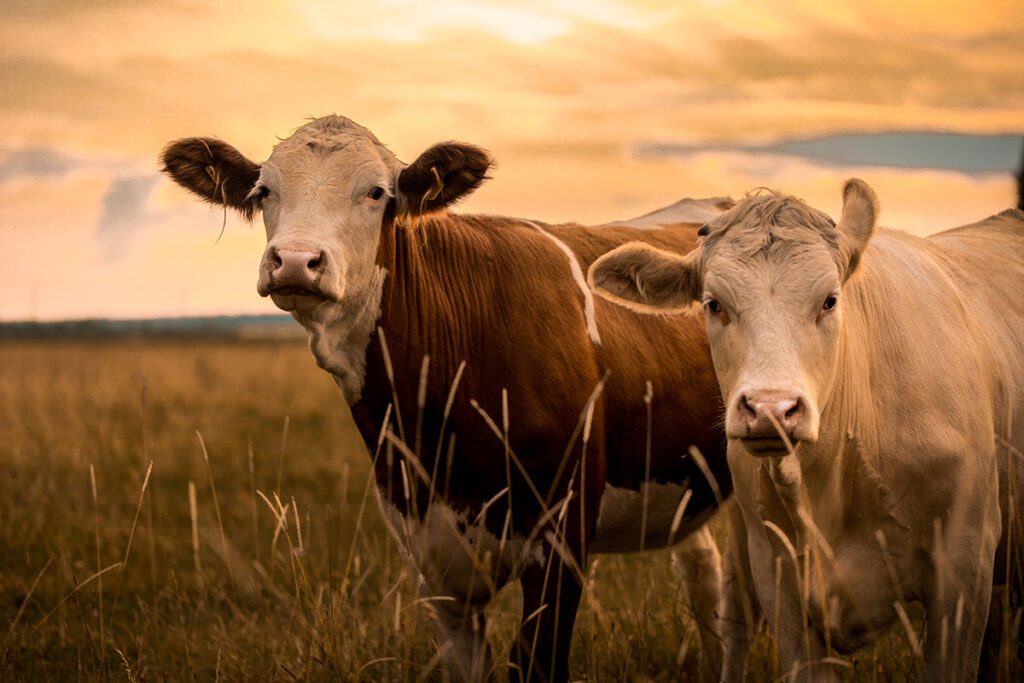Florida Cattlemen Open Up About Riding Out Fluctuations
by TIM CRAIG
It would be nearly impossible to discuss the livestock industry without the lens of the current health pandemic hanging low and shading whatever picture is created. With local, state, and national factors changing on an almost daily basis and codified patterns of behavior in flux for an undetermined future, it would be easy to either write this year off as an anomaly or despair and consider this the new normal.
But for most of the Central Florida cattlemen, who’s livelihood is not rooted in easy solutions and whose impact goes beyond the local economy and health of the region, this lessons of year may turn out to be like most others: remain consistent, grow where you can, and keep an eye toward the future.
In January, the USDA released a report that stated while nationally the number of cattle and calves were slightly down in the first month of 2020, Florida’s 1.68 million cattle inventory remained unchanged from the previous year. The top counties for cattle and calves are largely in Central Florida, including Okeechobee, Highlands, Osceola, and Polk.
For Matt Pearce, the president of the Florida Cattlemen’s Association, those consistent inventory numbers could lead to an upturn in prices.
“From a national standpoint,” he says, “we’re at peak cowherd numbers, it isn’t expanding much; with that plateau, we should see an upturn in prices.”
For the first quarter of 2020, things were pretty good, according to Dave Tomkow, president of the Polk County Cattlemen’s Association and owner of the Cattlemen’s Livestock Auction Market in Lakeland.
“Prices were climbing a bit in the beginning of the year,” he says. “For a month, month and a half, then the calf market started to dip and it’s been back and forth ever since.”
Tomkow said that the fluctuations in the calf market seem a little out of the ordinary.
“You take a three-week calf at the market this week, he’s a year before he goes to the feed yard,” he says. “There’s no need to be scared. That’s the regular timeline.”
Pearce noted that while prices have fluctuated, it was mainly due to reasons beyond the cattlemen’s control. “It’s been a steady up and down, and everything has looked good but the prices were somewhat weakened,” he says. “That’s due to several factors and it is mainly market driven. The main thing on cattle is that you have to plan your marketing to make timely decisions of when to take them to market in order to do better.”
Starting in early March, as “social distancing” became a part of most people’s regular vocabulary, the cattlemen — considered an essential business during times of national crises — remained business as usual. The cattle do not work virtually, nor do they remain six feet apart. Tomkow has kept the Livestock Auction Market going, and for the past few weeks, he has seen it follow trends.
“Three weeks ago, when the stock market took that big drop, our prices went down,” he says. “The week after that, when the markets went back up, our prices went up, but then last week they were knocked back down. Lot prices have been a little unpredictable.”
For Pearce these price fluctuations underscore the importance for cattlemen carefully watching the markets. He suggests that if they aren’t already, they need to subscribe to several market reports so they can see what’s going on.
“You can’t wake up on a Monday and decide to sell on Tuesday because that may be the day prices are down,” says Pearce. “You’ve got to do the investigative work and go with a technology that will help you navigate the market.”
Pearce sees much of the fluctuations and the fear that comes with it as a result of what he calls a “disruption of distribution.”
“One thing I do know is that 43 percent of distribution is through food service – takeout, restaurants, school lunches, and the like,” he says. “Fifty-seven percent of the product is in the retail chain, the grocery stores, farmer’s markets and the like.
“If a grocery store like a Publix normally buys 100 cases of meat and now is looking to buy 300 cases because of demand, it’s not there; the product is in a different chain, it’s in the food service side,” he says. “It effects all areas of the industry, the dairy side, the citrus and the farmer side as well,” he says. “There is a disruption in the distribution chain.”
Pearce says that when the distribution chains adjust to this new demand, things will recover relatively quickly.
“It’s like a rubber band: It gets stretched and eventually snaps, and when it snaps back, it will usually come back faster than when you stretched it,” he says. “It’s mainly fear that’s driving things these days.”
Until that time, though, there is a little uncertainty in the livestock industry in Central Florida. But for most of the cattlemen, it remains business as usual as long as possible.
Tomkow said the Cattlemen’s Livestock Auction Market will remain open on its regular auction days.
“Prices should stay on the uptick,” says Tomkow. “But it’s difficult to try and predict what will happen as far as the future — it just depends on how long this coronavirus stays with us.”
For Pearce and the Cattlemen like him in Central Florida, he said that they just need to “suck it up and go with it.”
“For most of the cattlemen in Central Florida, they are not going with the trends, we’re in it for the long haul and we play it all on averages,” he says. “When prices are up, you need to be paying down your debt and taking care of that side, so when prices are down, you’ll be safe.”

